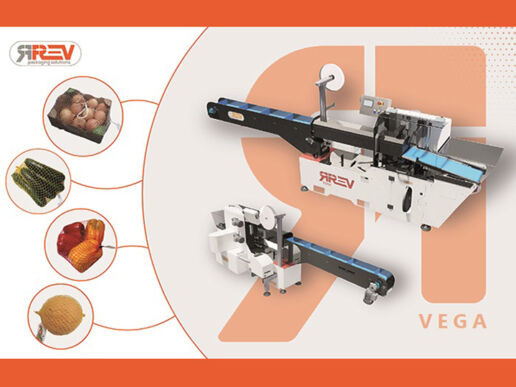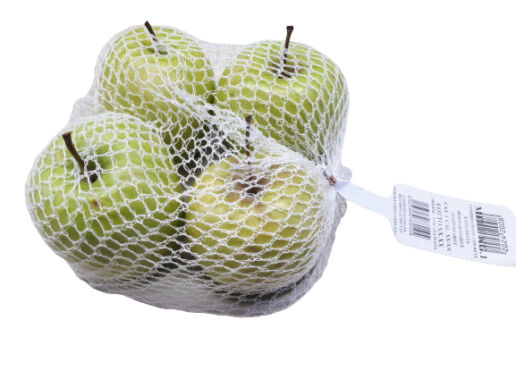
A new life for Vega
More and more frequently, in all areas of the public and private spheres, we hear about “sustainability”. What is it, exactly? For what concerns the food-packaging sector as well as more in general, “sustainability” certainly refers to “the capacity of a production-and-consumption model of meeting the needs of the present without spoiling the ability of future generations to meet their own needs”, to quote the former Norwegian prime minister, in addiction to mean, in the age of the revision of value chains in a green perspective, competitive advantage.
And for those buying, the sustainability score of the product also depends on its wrapping, which should be according to 62% of those polled by Nomisma’s Osservatorio Packaging del Largo Consumo recyclable, for 59% realised with environmentally friendly materials and, for 46%, with no excess grammage. “The awareness that a diet is healthy not only when is nutritionally adequate, but if it promotes human wellness and respects our planet, begins to spread”, says Slow Food Italia’s president, Barbara Nappini.
Thus, sustainability, but not at the expense of safety and of the product quality, which still remain important purchasing drivers and that are the reason why, in a scenario in which labels are synonym of a brand guarantee, and in which, as Marco Pedroni, president of Coop Italia remind us, “bringing loose produce on supermarket counters requires great efforts in terms of logistics and refrigeration, with an equally heavy impact in terms of emissions”, “packaged” is still preferable to “loose”. And speaking of environmentally friendly materials, according to common believes (more precisely in 41% of the cases), plastic free corresponds to ecological.
European legislation itself moves towards this direction: in France is already in force the prohibition of using polymers for packages of fruit and vegetables under 1,5 kg and soon, starting from 2023, Spain will adopt the same regulation.
Simultaneously, large-scale distribution too has to face environmental-protection issues and, globally, it has definitely been chosen the path of plastic reduction, when possible.
In such a context, our Vega, horizontal netting machine launched in 2015, is experiencing its period of maximum splendour.
Significanlty ahead of its time and now renewed in its graphical interface and optimised for satisfying 4.0-Industry requirements, Vega has been projected for creating different types of package of loose items such as fruits, citruses and vegetables up to 2 kg, as well as in punnets, trays and small cartons, by using woven or extruded net, in cellulose and natural fibres too, with a wineglass label, also in paper.
The net is then closed at the extremities with a metal clip which, currently, represents the only possible solution for cellulose. Undoubtedly, monomaterial packages are the goal to aim at and, of course, on the market there are bags in thermosealable paper, but it is necessary to remember that the wrapping must ensure a great visibility of its content, besides being sustainable and practical, for sure.

Taking into account all different necessities that the packaging is called to respond to and the limits set by the technologies we have, the metal clip constitutes the best compromise, especially considering that the consumer must be required the minimum effort in making use of the goods and in managing waste: the clip is easily removable from the package during differentiation and, above all, during recycling in disposal and recovery facilities!
